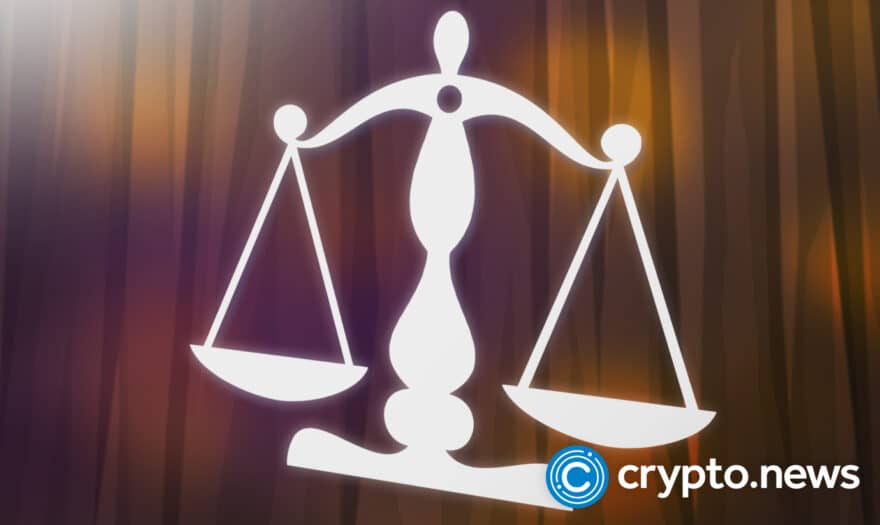Stablecoin issuer Circle pitches on-chain refunds on Arc blockchain to woo institutions

Circle is exploring refund-style payments for USDC on its Arc blockchain to help institutions handle disputes. The plan mixes blockchain speed with some of the protections people expect from regular banks.
- Circle is testing a way to let some USDC payments be reversed in cases of fraud or dispute.
- The move is aimed at banks and institutions using its Arc blockchain and could make stablecoins feel more like regular money.
- Critics note Circle is trying to solve problems it created itself.
Stablecoin giant Circle is thinking about letting some USD Coin (USDC) payments be reversed on its Arc blockchain in clear cases of fraud or disputes, which seems to be a big U-turn from the usual crypto rule that once a payment is on-chain, it can’t be undone.
Speaking with the Financial Times in a Sept. 25 interview, Heath Tarbert, president of Circle and former chair of the U.S. Commodity Futures Trading Commission, said that the company is “thinking through… whether or not there’s the possibility of reversibility of transactions, right, but at the same time, we want settlement finality.”
“So there’s an inherent tension there between being able to transfer something immediately, but having it be irrevocable.”
Heath Tarbert
That tension is what Circle is trying to manage. The goal is to keep payments fast while also giving a way to return funds when there is fraud or a dispute.
But Circle isn’t just experimenting blindly as the company already released a tool called “Refund Protocol,” which is a smart contract that lets payments sit in escrow, supports disputes handled by an arbiter, and allows refunds when all parties agree.
Circle’s own playground
At the same time, Circle is rolling out Arc, its own layer-1 blockchain announced earlier in August. The network, built for stablecoin finance and aimed at banks, lets them settle dollar-pegged tokens and adds a privacy layer to hide transfer amounts when needed.
The stablecoin giant says payments on Arc wouldn’t be directly reversed, but counterparties could still agree on counter-payments or refunds, like an on-chain version of a merchant refund.
Cybersecurity expert Lukasz Olejnik suggested in a Thursday post on X that with the latest development the blockchain sector is “solving problems it created itself, and once again discovering why the traditional financial system works the way it does.”
Arc is clearly aimed at institutions that want the speed of tokenized cash but also the controls and privacy features found in traditional banking. Other players are moving too. Nine big European banks announced on Thursday a plan to launch a euro stablecoin company in Amsterdam for institutional use, with a rollout expected in 2026.
Other stablecoin issuers like Paxos also offer custody and compliance for corporate clients like PayPal with its PYUSD stablecoin. These projects don’t exactly copy Circle, but they all aim to make stablecoins work in regulated payments systems.
Crypto.news reached out to Circle and we’ll update the piece once we hear back.
Legal move
Circle’s push also makes sense legally as new U.S. rules treat some stablecoin issuers like banks, requiring them to have the ability to block, freeze, or comply with court orders.
That makes reversible payments and dispute resolution not just possible but in some cases necessary. Tarbert told the FT that while blockchain, stablecoins, and smart contracts are seen as better tech, the traditional financial system still has benefits they don’t provide.
In practice, Circle is rolling out two things together. Arc provides an institutional blockchain where USDC can be used as native money, while tools like Refund Protocol let counterparties program in refunds or mediations.
Blockchain infrastructure providers like Fireblocks and other custody vendors have already signed early integrations with Arc, showing that the first users will be trading desks and treasury teams rather than retail wallets.














